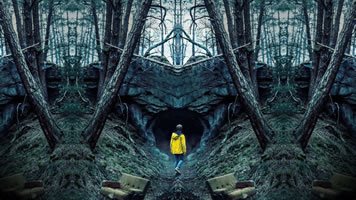-
 10:34
AM
Time In India
10:34
AM
Time In India
-
 01:04
PM
Time in China
01:04
PM
Time in China
-
 02:04
PM
Time in Japan
02:04
PM
Time in Japan
-
 03:04
PM
Time in Australia
03:04
PM
Time in Australia
-
 06:04
AM
Time in UK
06:04
AM
Time in UK
-
 07:04
AM
Time in Germany
07:04
AM
Time in Germany
The Best Free 2024 Calendars
In our amazing collection you will find free calendars for any year, including annual, monthly, weekly calendars and planners for personal and professional use.
2024 Calendar






















 Costco Hours Today
Costco Hours Today
 Target Hours Today
Target Hours Today
 Walmart Hours Today
Walmart Hours Today
 CVS Pharmacy Hours Today
CVS Pharmacy Hours Today
 Walgreens Pharmacy Hours Today
Walgreens Pharmacy Hours Today
 Sam's Club Hours Today
Sam's Club Hours Today
 Home Depot Hours Today
Home Depot Hours Today
 Best Buy Hours Today
Best Buy Hours Today
 Aldi Hours Today
Aldi Hours Today
 Hobby Lobby Hours Today
Hobby Lobby Hours Today



